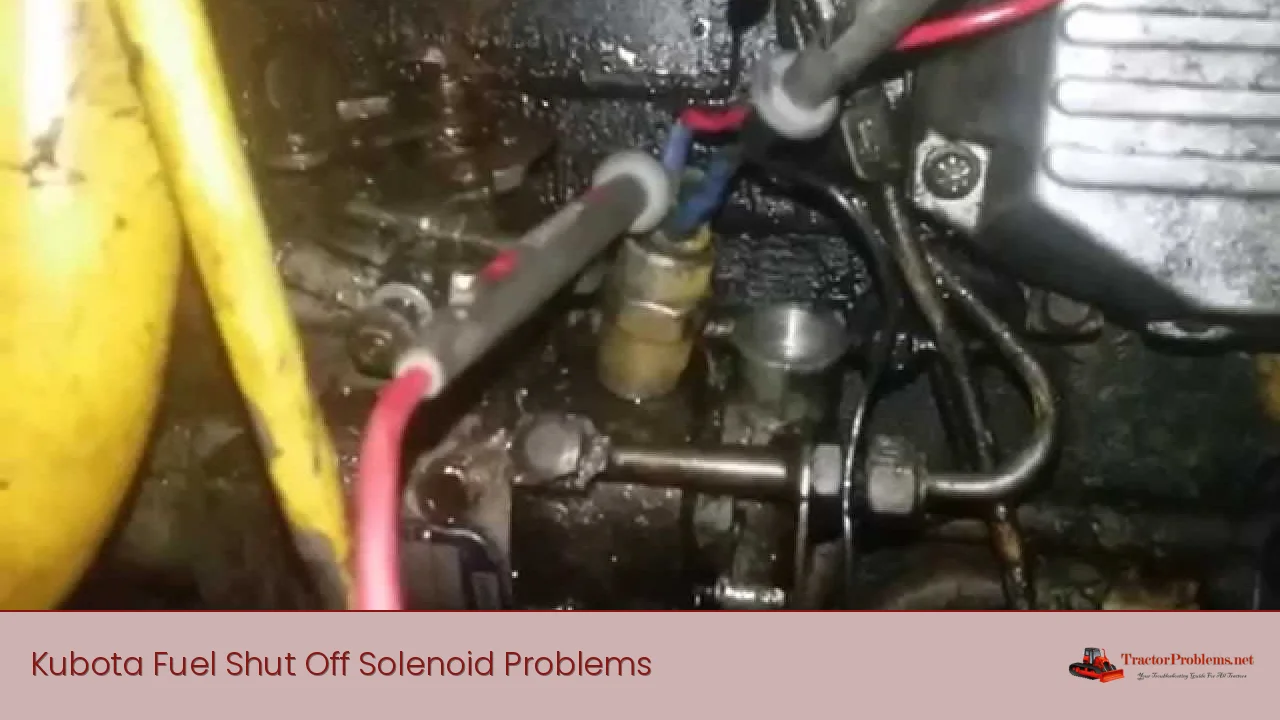Solving Kubota Fuel Shut Off Solenoid Problems
Are you facing problems with your Kubota fuel shut off solenoid? This guide will help you troubleshoot and repair your Kubota fuel shut off solenoid with the help of expert advice and step-by-step instructions. With the right guidance, you can quickly diagnose the issue, identify potential causes, and take the appropriate action to fix the problem. Learn more about the common Kubota fuel shut off solenoid problems and how to address them in the table below.
| Problem | Diagnosis | Solution |
|---|---|---|
| Fuel solenoid faulty | Check for loose wiring, corroded connectors, or any other visible signs of damage | Tighten or replace wires, connectors, and other components as necessary |
| Fuel solenoid not responding | Check for an open circuit in the solenoid wiring | Inspect and repair wiring as necessary |
| Fuel solenoid not engaging | Check the solenoid’s electrical connection | Clean and tighten connections as necessary |
Step 1: Check the Connections
The first step in troubleshooting a Kubota fuel shut off solenoid is to check the connections. Make sure that all wires are connected securely to the solenoid, and that the ground wire is attached to a clean and corrosion-free metal surface. If any of the connections are loose or corroded, you will need to clean them and secure them firmly. If the connections are in good condition, move on to the next step. By inspecting the connections, you can quickly identify and resolve any issues with the Kubota fuel shut off solenoid.Step 2: Test the Voltage
The next step is to test the voltage of the solenoid. To do this, you will need a voltmeter. Connect the voltmeter to the terminals on the solenoid and check the voltage. If the voltage is not within the specified range, the solenoid will need to be replaced. By testing the voltage of the Kubota fuel shut off solenoid, you can easily determine if it is functioning properly.Step 3: Inspect the Internal Components
The third step is to inspect the internal components of the solenoid. Check for any signs of damage or corrosion, and make sure that all of the moving parts are properly lubricated. If any of the components are damaged or corroded, they will need to be replaced. By inspecting the internal components of the Kubota fuel shut off solenoid, you can identify any issues and resolve them quickly.Key Takeaways for Kubota Fuel Shut Off Solenoid Problems
- Inspect the connections to identify any loose wires or corroded connectors.
- Test the voltage with a voltmeter to determine if the solenoid is functioning properly.
- Examine the internal components of the solenoid to check for any signs of damage or corrosion.
- Tighten and replace wires, connectors, and other components as necessary to repair the solenoid.
- Clean and lubricate the moving parts of the solenoid to ensure it is functioning properly.
